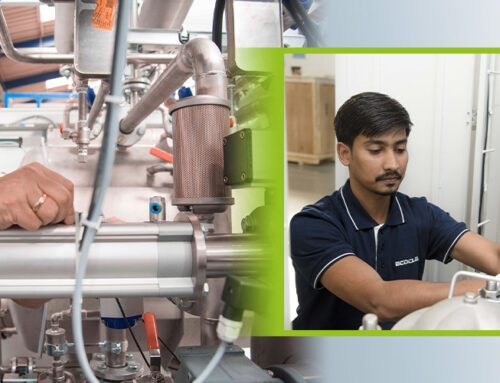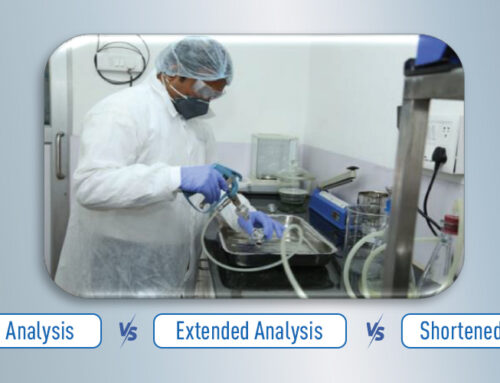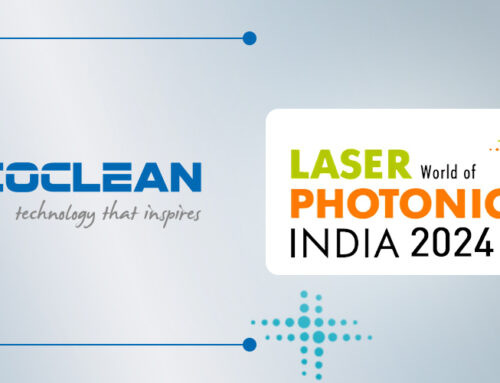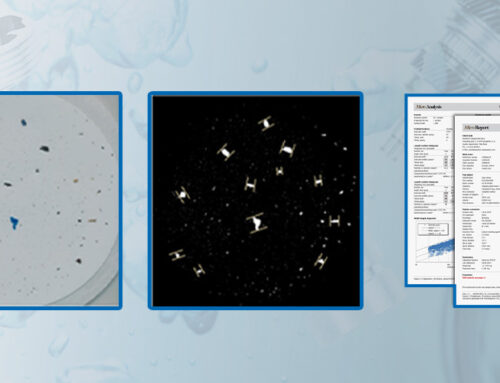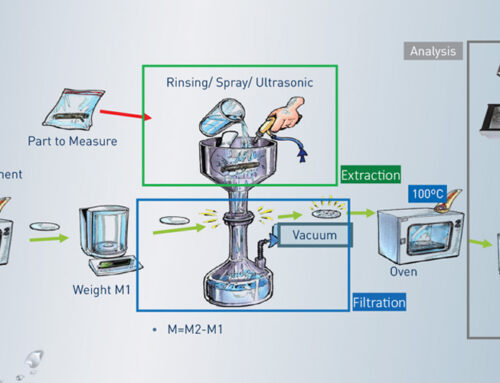In industries where precision and reliability are paramount, ensuring technical cleanliness is crucial to preventing component failures and enhancing product longevity. As defined by ISO 16232 and VDA 19 standards, technical cleanliness focuses on identifying, quantifying, and controlling particle contamination in sensitive components and systems. This blog explores the Three-Stage Approach to technical cleanliness inspection—extraction, filtration, and analysis—outlining each step in detail.
1. Extraction: Removing Contaminants from Components
The first step in cleanliness inspection is the extraction of particles from the component surface, which makes them accessible for subsequent filtration and analysis. Extraction methods are chosen based on factors like the nature of the contamination and the material of the component. Some of the most widely used techniques for particle extraction include:
- Pressure Rinsing: This method is ideal for components with large surfaces or complex geometries. The process uses high-pressure rinsing to dislodge particles from the surface, which are then collected for analysis. Key parameters for effective pressure rinsing include nozzle type, pressure, volume flow, and rinsing time.
- Ultrasonic Cleaning: Bulk parts or small, intricate components benefit from ultrasonic cleaning, where ultrasonic waves in a liquid medium cause cavitation, effectively loosening particles. Key parameters here include ultrasonic frequency, volume, and density of the solution.
- Agitation and Internal Rinsing: Agitation techniques work well for larger surfaces, and internal rinsing suits components like tubes or pipes. By applying controlled pressure and flow, contaminants are flushed out without damaging the component.
2. Filtration: Capturing Particles for Analysis
Once particles have been extracted from the component, they are captured via filtration. The filtration step ensures that even the smallest particles are retained on a filter membrane, which can then be examined under a microscope or through other analytical methods.
In technical cleanliness inspections, filters with varying pore sizes are often used. These filters can pre-sort particles by size, allowing for a more efficient analysis. For example, larger particles can be retained on coarser filters, while finer particles pass through to be captured on finer filters. This layered filtration approach, often referred to as a cascade filter system, is essential for analyzing a broad range of particle sizes.
Gravimetric Analysis—which measures the mass of particles—is commonly conducted during filtration. This requires the careful preparation of the filter, which should be dried and cooled to room temperature to ensure accuracy. Environmental factors like humidity can affect readings, so conditions are controlled meticulously to prevent interference.
3. Analysis: Quantifying and Classifying Contaminants
The final stage in the three-stage approach involves analyzing the filtered particles to determine their quantity, size, and composition. This data is invaluable for understanding the types of contaminants present and their potential impact on the component’s performance.
Analysis Techniques:
- Gravimetry: This method calculates the total mass of contaminants extracted from a component. By comparing the weight of a clean filter (M1) to the contaminated one (M2), technicians determine the gravimetric load, essential for components where residual mass specifications are critical.
- Light Optical Analysis: For components requiring a quick and cost-effective inspection, light optical analysis is a common choice. It can quickly scan the filter membrane and produce a cleanliness report. This method is especially effective for identifying large particles (>50 µm), although it can be adapted for finer analysis as well.
- Advanced Analysis: For precise classification of particles, advanced methods like Scanning Electron Microscopy with Energy-Dispersive X-ray Spectroscopy (SEM-EDX) or Liquid Particle Counters are used. These methods provide high accuracy and are invaluable for detecting and analyzing smaller particles or specific contaminants that could affect sensitive systems.
Benefits of the Three-Stage Approach to Technical Cleanliness
The systematic nature of this approach ensures a high degree of accuracy and repeatability. Each stage serves a specific purpose, ultimately producing a comprehensive cleanliness profile for each component. By following these steps, industries can:
- Ensure Compliance with Standards: Adhering to the ISO 16232 and VDA 19 standards helps manufacturers meet industry cleanliness benchmarks, which is critical for sectors like automotive and aerospace where contamination can lead to costly recalls or safety issues.
- Reduce Component Failure Rates: With detailed analysis, contaminants can be traced back to specific processes, enabling targeted improvements that reduce contamination sources and prolong component life.
- Optimize Production Efficiency: By incorporating cleanliness checks as part of the production workflow, manufacturers can catch potential contamination issues early, reducing downtime and increasing productivity.
Implementing the Three-Stage Approach with Ecoclean-India
At Ecoclean-India, we provide expert technical cleanliness solutions tailored to diverse industries. Using cutting-edge extraction and analysis techniques, we help businesses achieve exceptional cleanliness standards. Whether through pressure rinsing, ultrasonic cleaning, or advanced particle analysis, Ecoclean-India ensures reliable and efficient inspection processes that meet industry standards.



